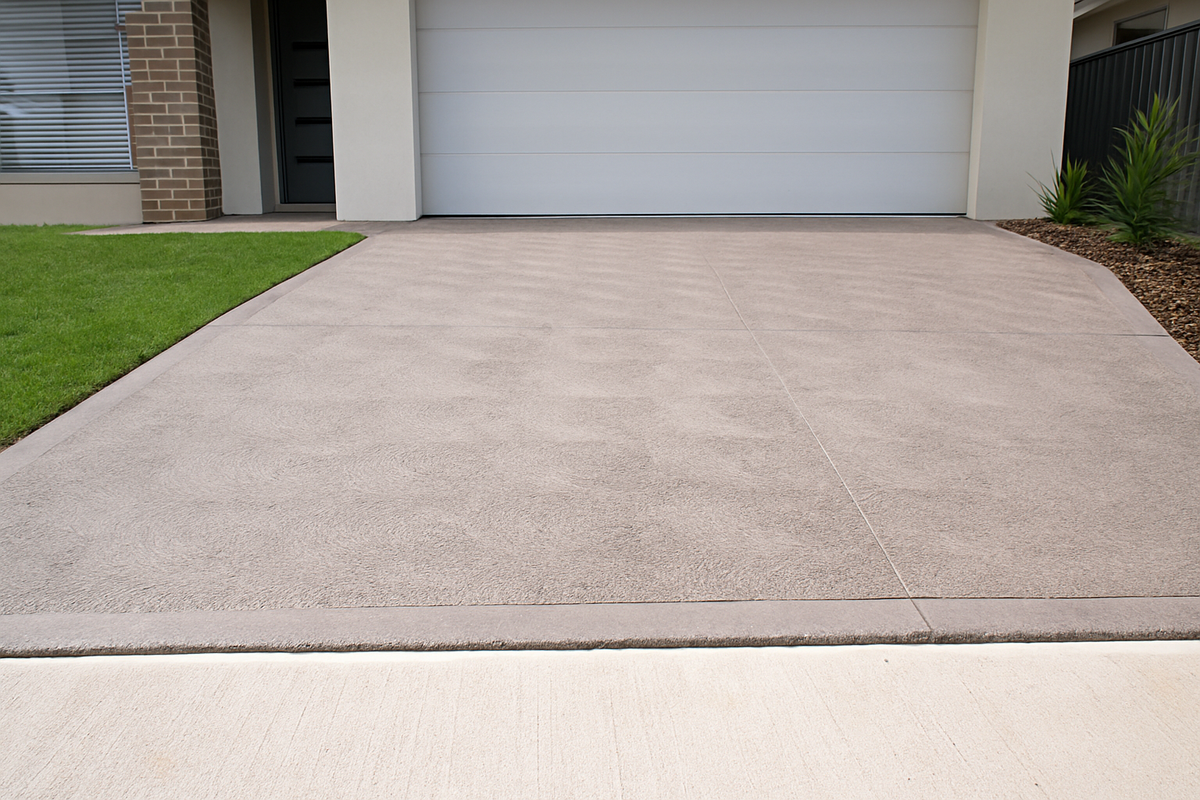Understanding the Needs of Multi-Purpose Spaces
Multi-purpose spaces are designed to host a variety of functions, from informal meetings and workshops to larger events such as conferences or presentations. The flexibility of these spaces requires furniture, particularly chairs, that can adapt to different settings and activities. Here's how to select chairs that will serve your multi-purpose space effectively:
1. **Ergonomics and Comfort**
First and foremost, consider the comfort of the seating. Multi-purpose spaces might be utilized for long durations, whether it's for an extended meeting or a day-long seminar. Chairs should offer good ergonomic support:
- Support for the Back: Look for chairs with lumbar support to cushion the lower back, reducing the risk of strain or discomfort.
- Adjustable Features: Chairs that can adjust in height, seat depth, and back angle cater to a variety of body types and personal comfort preferences.
- Movable Parts:** Ensure the chairs have movable armrests or can be easily configured for different user needs, reducing the need for constant rearrangement.
2. **Durability and Maintenance**
Since multi-purpose spaces often see a lot of use, selecting chairs that are durable and easy to maintain is crucial:
- Fabric Choice: Opt for fabrics that are resistant to stains, tears, and have good breathability. Materials like faux leather or certain types of treated fabric can be both durable and easy to clean.
- Frame Material:** Metal frames are often more durable than wood, but if you prefer wood, selecting hardwoods like oak or maple treated with robust finishes can offer longevity.
- Performance Standards:** Look for chairs that meet commercial-grade standards, typically indicated by certifications like BIFMA or ANSI.
3. **Aesthetic Flexibility**
Chairs should not only be functional but should also blend with the aesthetic flexibility of a multi-purpose space:
- Design:** Choose chairs with modern, minimalist designs that can fit into various environments without appearing out of place.
- Color Options:** Neutral colors allow for versatility, but having a few chairs with vibrant colors or patterns can add flair for special events or aesthetic themes.
- Stackability or Nestability:** These features can help manage the space's appearance when not in use, keeping it tidy and ready for the next function.
4. **Space Optimization**
Efficiency in space usage is paramount:
- Folding Chairs:** Models that fold up to save space when not in use are ideal for multi-purpose rooms that serve various roles.
- Linkable Chairs:** Chose chairs that can connect to each other for a cohesive, orderly look or remain individual for mobility and flexibility.
- Footprint:** Consider the footprint of the chair when deciding where they will be stored when not in use.
5. **Sustainability**
Increasingly, sustainability is a consideration in furniture procurement:
- Material Sourcing:** Look for chairs made from sustainably sourced materials. Certifications like FSC for wood products are a good indicator of eco-friendliness.
- Recyclability:** Opt for products where components can be recycled at the end of their lifecycle.
- Lifespan:** Investing in long-lasting chairs reduces the need for frequent replacements, thereby benefiting the environment.
6. **Budget Considerations**
While the initial cost of chairs might be higher, remember to:
- Cost Per Use:** Quality chairs last longer and might require less maintenance, reducing costs over time.
- Bulk Purchasing:** Often, buying chairs in larger quantities can secure a better price per unit.
- Leasing Options:** In some scenarios, leasing might be a financially viable option, particularly if you're unsure about long-term space utilization.
7. **Test Before Investing**
Before making a significant purchase:
- Try Samples:** Many manufacturers will provide samples, especially for large orders. This allows for a good feel of the chair's comfort and appearance in your actual space.
- Employee Feedback:** Collect feedback from potential users to ensure the chairs meet everyone's needs.
- Environment Suitability:** Ensure the chairs are suitable for the environment, from cold meeting rooms to warm auditoriums.
8. **Consult Professionals**
Sometimes, the insights of interior designers or space planners can be invaluable:
- Space Utilization:** Professionals can help maximize space usage, suggest ergonomically and visually pleasing configurations.
- Future-Proofing:** They can think ahead to how your needs might change, ensuring your selection will be adaptable over time.
Conclusion: Making the Right Choice
Selecting chairs for multi-purpose spaces involves balancing functionality with design, ensuring comfort, and anticipating the needs of various users and activities. By considering ergonomics, durability, aesthetic flexibility, space optimization, sustainability, and budget, along with professional advice, you can equip your multi-purpose space with seating that enhances every event or meeting. Remember, investing time in selecting the right chairs will pay dividends in comfort, efficiency, and the overall success of the space.


